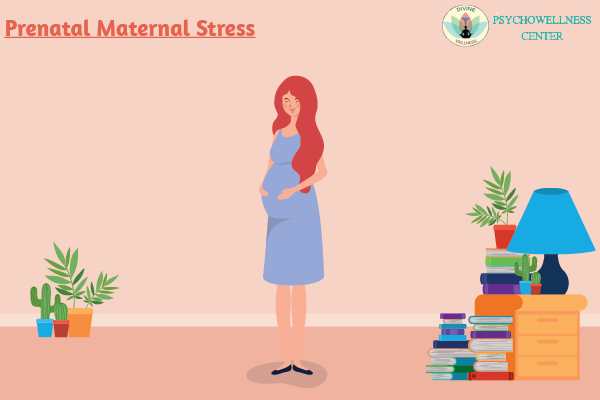Doodling - A Therapeutic Art For Mental Health

In a world brimming with digital distractions and fast-paced lifestyles, finding solace in simplicity is a rarity. Amidst this chaos, a timeless and uncomplicated art form has emerged as a beacon of mental well-being – doodling. Doodling, once relegated to the margins of notebooks, has gained recognition for its remarkable mental health benefits. Let's delve into the world of doodling, its mindful application, Trussell's perspective, five prominent benefits, and a few necessary caveats.
Unraveling the Art of Doodling:
Doodling is a spontaneous and often unconscious form of drawing that involves creating repetitive patterns, shapes, or even random lines. While it might seem like a trivial pastime, the act of doodling engages the mind in a unique way, sparking creativity and fostering relaxation.
Mindful Doodling:
Mindful doodling elevates the act of doodling to a meditative practice. Engaging in mindful doodling involves being fully present in the moment, allowing your thoughts to flow without judgment. This focused attention on the doodling process can have therapeutic effects, calming the mind and relieving stress.
Trussell's Perspective:
Sonia Trussell, an art therapist, defines doodling as "a form of spontaneous drawing that can happen anywhere and at any time. It is an open-ended expression that has the potential to reveal a great deal of personal and collective material from the subconscious." This definition underscores the hidden layers and psychological insights that doodles can unveil.
Five Benefits of Doodling:
1.Stress Reduction and Relaxation:
Doodling offers an escape from daily pressures, providing a simple yet effective way to reduce stress. Engaging in this creative outlet can activate the brain's reward center, releasing dopamine, which contributes to feelings of pleasure and relaxation.
2.Enhanced Focus and Concentration:
Contrary to its seemingly haphazard nature, doodling can actually boost concentration. When the mind is gently occupied with doodling, it prevents it from wandering into unproductive or anxious thoughts, thus aiding in maintaining focus.
3.Creative Expression:
Doodling provides a canvas for your subconscious mind to express emotions, thoughts, and ideas that may not find words. This form of non-verbal expression can be particularly helpful for individuals who struggle to articulate their feelings.
4.Memory Retention:
Doodling can enhance memory retention by stimulating the brain's visual processing centers. Complex doodles can activate more areas of the brain, leading to improved comprehension and recollection.
5.Emotional Regulation:
Engaging in doodling allows for a safe outlet to process emotions. It can serve as a healthy coping mechanism, enabling individuals to channel their emotions constructively.
Doodling Caveats:
While doodling offers a plethora of mental health benefits, it's important to note that it might not be a one-size-fits-all solution. Some individuals may find it difficult to focus or may not experience the same therapeutic effects. Additionally, while doodling can be cathartic, it should not be used as a replacement for professional mental health treatment when needed.
In conclusion, the humble act of doodling transcends its humble origins to become a powerful tool for nurturing mental well-being. Through mindful engagement, Trussell's insights, and the manifold benefits it offers, doodling has etched its place in the realm of therapeutic practices. However, like any practice, moderation and individual awareness are key to unlocking its full potential for mental health enhancement.




SHARE